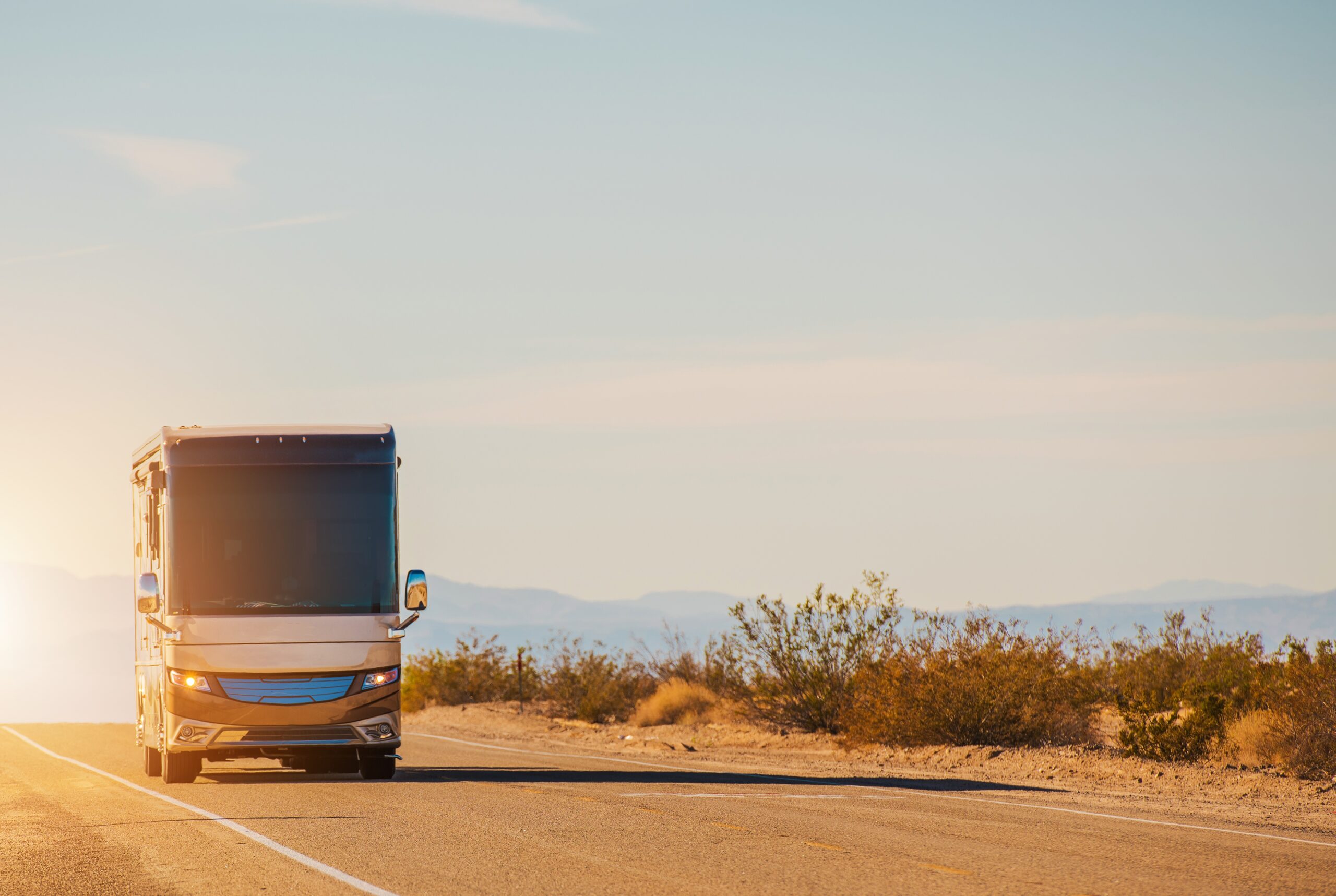There are many reasons why people love recreational vehicles, also known as RVs. One main reason is the freedom and the opportunity to spend quality, comfortable time with family and friends out on the open road. Many lenders now provide RV loans for those who dream of venturing out on an adventure. RV industry statistics indicate that there are over 11 million American households who now own recreational vehicle loans.
Motorized RVs
Motorized RVs are also known as motor homes. These motor homes offer convenience, portability, and style under one mobile roof. RVs take out the rigor of repetitive tent and campsite set-ups allowing more time for entertainment and fun.
There are four popular types of motor homes and all are acceptable for an RV loan; Class A, Class B, Class C and Campervans. Although they belong to the same category, they may differ in specifics such as features and cost.
What is an RV loan?
An RV loan is long-term financing needed to acquire a motor home, a camper, or a travel trailer. RVs cost anywhere from $10,000 to $1 million making loans and financing options an appealing solution to many people unable to pay in full.
A lot of lenders offer RV loans for new and used recreational vehicles. Those looking for a lender can find them online, through a bank, credit union, or even through the RV dealership itself. When a loan is applied, the RV itself becomes the collateral.
RV loans have a repayment term ranging from 1 to 15 years. There are even cases when a 25-years term is given to borrowers.
The RV loan is like any other consumer loan. A financial institution or lender provides the funds to purchase the RV and the borrower pays back the amount loaned with interest over a specific period. This is a secured loan meaning that there is collateral, which is the RV itself.
As in any loan process, a borrower fills out an application form which is then evaluated and screened for approval or denial. Once approved, the borrower will be asked to sign an agreement outlining the term provisions of the loan.
The type of recreational vehicle and trailer style determines which tender or term is given to the borrower. Not all lenders finance every type of RV. Borrower should also notify the lender if the RV is intended as the primary residence.
How to finance an RV
A borrower who is ready to purchase an RV though a loan can prepare through the following steps:
- Set a budget.
Purchasing an RV is a significant investment. Borrowers can get a towable camper for as low as $5,000 while high-end ones can go as high as $1 million. Before anything else, the borrower should set up a budget that he or she can afford and stay true to those parameters.
Consider what type of RV is needed. A small motor home may be less expensive, but not suitable for a larger or growing family.
The borrower should determine how often the RV will be used and where it will travel. Other things to consider are mileage, model, safety, drivability, and reliability. Recurring costs like fuel, maintenance, insurance, and storage should also be integrated into the budget.
A borrower should look at repayment terms when developing a budget; the terms should be a comfortable monthly sum before signing anything.
2. Prepare for a down payment.
Down payment may be between 10-20%. The bigger the down payment, the lower the dollar amount on the monthly payments. Interest rate start around 4.29% and even higher, but this depends on credit rating and other factors.
3. Check on credit score.
A competitive credit score is traditionally needed to qualify for an RV loan though there are some lenders who are flexible on this matter. A score of 700 or higher will most likely be approved and secure the best rates.
It is a good idea to check the standing credit score and take action to improve it if needed. If the credit score is unsatisfactory, a co-signer can improve the chances of approval.
4. Determine which type of loan.
The borrower should determine whether the loan would be a secured or unsecured one. Unsecured loans have fast funding, and the collateral will not be in danger for foreclosure if payment is late. A secured loan tends to have lower interest rates, and is easier to acquire; however place the RV as collateral for delinquent payments.
5. Compare different lenders.
Do your research, and/or ask for recommendations. Compare different lenders taking note of the terms and interest rates.
6. Negotiate with lender.
Be prepared to haggle with the RV dealer on the price. Shop around with different dealerships to get a feel of the RV prices.
While it is important to find the RV that is right for you and your family, it is equally vital to find the right lender to work with. Before submission of the loan application, factor all costs and get a better idea of all expenses.
United Fund Investments offer RV loans with flexible terms and low interest. Contact us for more details.



